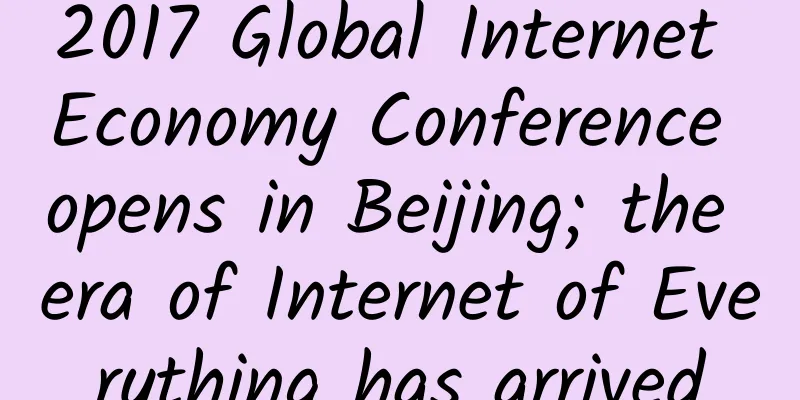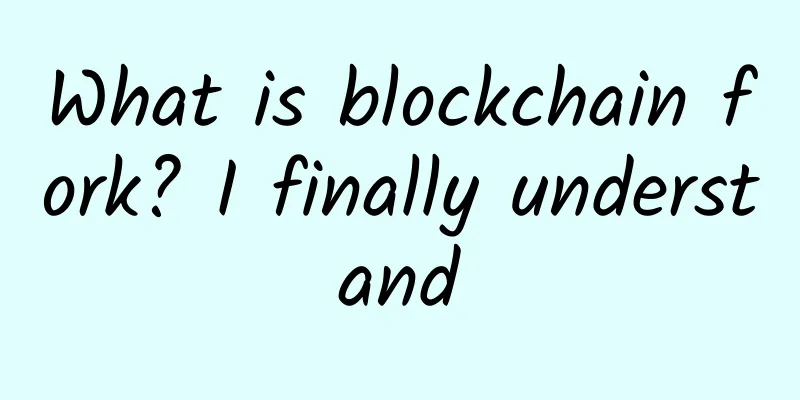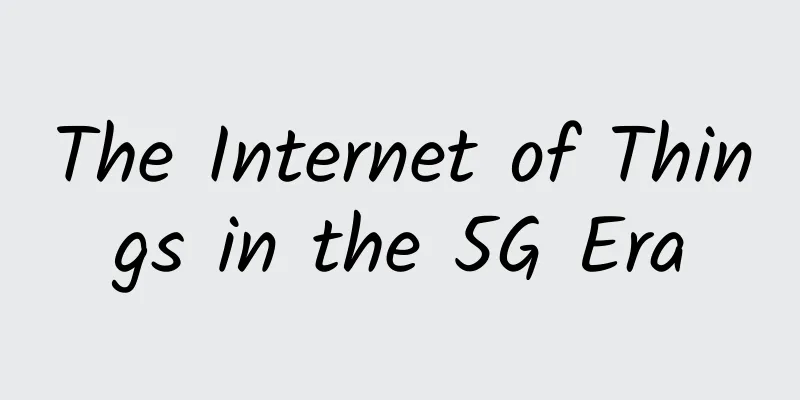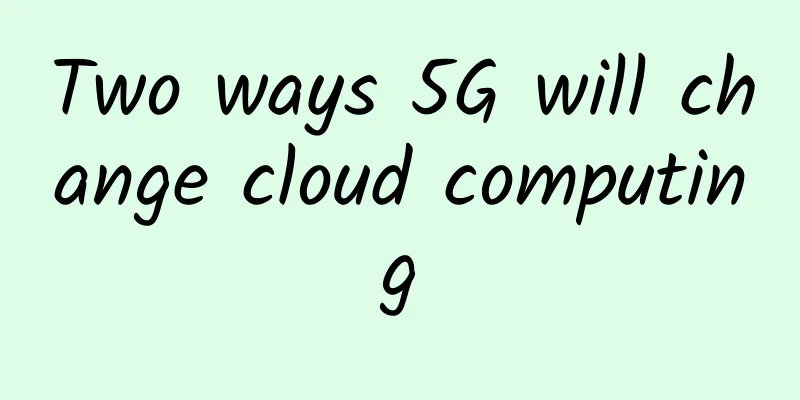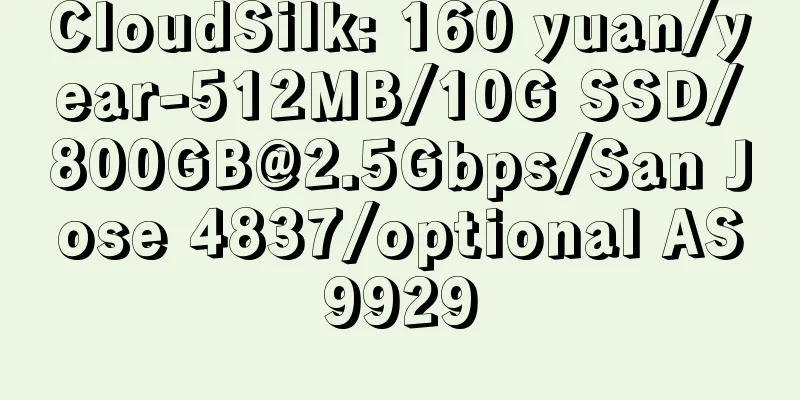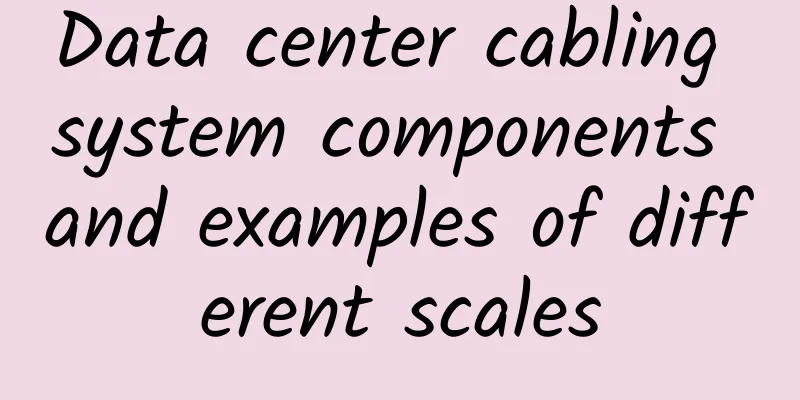What is 5G IoT?

What is non-cellular 5G?I imagine most readers are familiar with the cellular generation acronyms 2G, 3G, 4G, and 5G. These label the generations of cellular technology defined by the cellular community and approved by the ITU-R as part of each generation. Cellular technology in the 2G-5G era was primarily an evolution of the needs of mobile phone-driven use cases. IoT is considered a new growth opportunity, so ITU-R defined the requirements to be met for the 5G series of standards in this area. More specifically, the requirement is to support 1 million IoT nodes within a square kilometer. ETSI DECT2020 NR – Wireless Mesh Network approach does meet these standards easily. Therefore, ITU-R approved the first non-cellular technology to be included in 5G – ETSI DECT2020 NR. When discussing 5G, some may expect full interoperability between cellular and non-cellular technologies. It is critical to understand that 2G, 3G, 4G, and 5G were not interoperable at the radio interface either. With each major step forward, compatibility was sacrificed to significant effect. The backend supports different cellular radio access generations, and these different generations are implemented in the same mobile phone handset. Interoperability is achieved by using previous generations as fallbacks in both the cellular operator backend and the handset. Likewise, the first non-cellular 5G is a major disruption. Cellular and non-cellular 5G radio interfaces are not interoperable. Instead, they can both be implemented in the same unit, and data is relayed from one network to another and/or combined at the back end on the application layer. For example, this is the case where data is collected to the back end via both cellular 5G and non-cellular 5G radio networks. Another example of co-use is when non-cellular 5G traffic is routed from the gateway to the back end via the 5G cellular network. The ITU-R made a big decision to include this disruptive wireless mesh technology as part of 5G. It’s important to understand that each technology in the 5G family has a clear role and benefit. These technologies are not interoperable at the radio access layer. They support different use cases. Having the wireless mesh part of 5G is the biggest new differentiator in 5G… in my opinion. Why choose non-cellular 5G IoT?While it is entirely possible to connect IoT devices and relay data over a limited range via a mobile operator’s 5G cellular data connection, non-cellular 5G offers many new opportunities, such as massive capacity, flexible coverage, and node density. Cellular 5G faces challenges in the IoT space. Jussi Numminen discusses this more extensively – see the blog: Wirepas. In short, cellular-based IoT solutions already present the following challenges:
Non-cellular 5G IoT is a wireless mesh network where each IoT node added expands the network. It is even possible to imagine each node as a “local base station.” These nodes are making independent decisions to either join the mesh network or expand the network by routing traffic from other nodes. This eliminates the need for network planning and the need for a single party to manage the network. The last point I’d like to add here is data ownership. When cellular carriers build the infrastructure and operate the networks, it means you have to trust all of your data to pass within the carrier’s network. With non-cellular 5G, this is avoided. Mesh networks are autonomously managed, and you own and control who has access to your data. There is no middleman in the middle. While this doesn’t apply to all use cases, there are more and more cases where data is sensitive and needs to remain within a closed, private data network and “don’t leave the building.” The recent global crisis has heightened this type of consideration at strategic sensor locations such as power stations. 5G IoT RadioThe radio technology used for 5G IoT (DECT2020 NR) is mesh radio, and I think it is the only mesh network in the field with modern radio link technology! In my past experience working in the wireless field, I have seen similar steps to modernize radio link technology already taken in the cellular and Wi-Fi fields. It is time to bring wireless mesh radio technology to the same level. While Bluetooth and sub-gigahertz technologies mainly run on cellular technology equivalent to 2G, 5G IoT is built using technologies that are already adopted by 4G and 5G cellular technologies. Non-cellular 5G adopts innovations that have been proven in the cellular (and Wi-Fi) field, such as OFDM (Orthogonal Frequency Division Modulation) and HARQ (Hybrid Automatic Repeat Request). So what is the impact of adopting these latest technologies? The figure below shows a quick overview of 5G IoT radio performance against sub-gigahertz and 2.4 Bluetooth radios. In short, 5G IoT radios combine the best features of sub-gigahertz and Bluetooth radios. 5G IoT radios can achieve comparable distances at sub-gigahertz at 10 times the data rate. With adaptive modulation and coding compared to 2.4GHz, enjoy twice the range at the same data rate, or three times the range at the same data rate as 2.4GHz! With the ability to dynamically adjust data rate and transmit power, link performance can be improved to reduce power consumption when the full data rate or link distance is not needed. The final advantage over other existing mesh services is the technology-specific dedicated frequency bands for DECT2020 NR. Technology-specific frequencies provide the best operating capabilities and our system can operate without duty cycle limitations. In addition, the approval of 5G enables a wider range of frequencies to be used as demand increases and chipsets evolve. SummarizeIn summary, I predict that 5G IoT will be driven and ultimately defined by the new non-cellular 5G segment, rather than incremental improvements on the cellular side. Non-cellular 5G is a new, disruptive and powerful wireless mesh networking solution based on the ETSI DECT2020 NR standard. This will enable entirely new use cases and enable many more nodes to be connected at ranges far beyond the capabilities of cellular technology. The 5G label means it is part of the global 5G family and has been proven by the industry community to meet a set of agreed requirements for high-density IoT devices. It has a dedicated frequency band to operate without duty cycle restrictions and interference. Non-cellular 5G IoT opens new opportunities to manage your own data economically. Mesh technology enables each node to become a base station to extend coverage. |
<<: What is RedCap technology in 5G R17?
>>: Towards dual carbon: Green demands and competition focus in East and West computing
Recommend
Understand the IP location function of the entire network in one article
Recently, WeChat, Douyin, Weibo, public accounts ...
Let’s talk about whether 5G really consumes more power?
[[374504]] This article is reprinted from the WeC...
CMIVPS updated pricing, US/Hong Kong VPS monthly payment starts from US$6/annual payment 30% off
I have shared information about CMIVPS many times...
Network upgrades you should consider in 2021
As 2020 winds down and the new year dawns, it pro...
Did you know there are 4 types of network latency?
Speaking of latency, most of us are familiar with...
IPv4 addresses are exhausted, but the utilization rate of IPv6 addresses in China is only 0.5%
"With the widespread and in-depth applicatio...
Yecao Cloud 618 promotion, Hong Kong CN2+BGP line VPS annual payment starts from 139 yuan
Yecaoyun has launched its 618 mid-year promotion,...
Telenor launches 5G network in more than 60 locations in Bulgaria
Telecom operator Telenor has officially launched ...
In simple terms, what exactly is blockchain?
On September 4, 2017, the Chinese government offi...
Building a new digital paradigm and creating new industry value | Huawei works with partners to create and promote 100 typical scenario-based solutions
[Shanghai, China, September 23, 2020] During HUAW...
8 ways to make Android a powerful productivity tool
【51CTO.com Quick Translation】 According to a surv...
OTDR YYDS, it is said that communications people can understand it!
Optical fiber is an important part of communicati...
How should we respond to the 5G era? Talking about the prospects and career planning from the perspective of the Internet industry
The 5G war is in full swing, so what are the coun...
Maxthon Hosting: VPS in Hong Kong Cera Data Center starts at 40 yuan per month, and Hong Kong CN2 line starts at 60 yuan per month
Maxthon Hosting has long provided 20% discount co...
How much does it cost to build a 5G base station?
Since the official announcement of commercial use...


